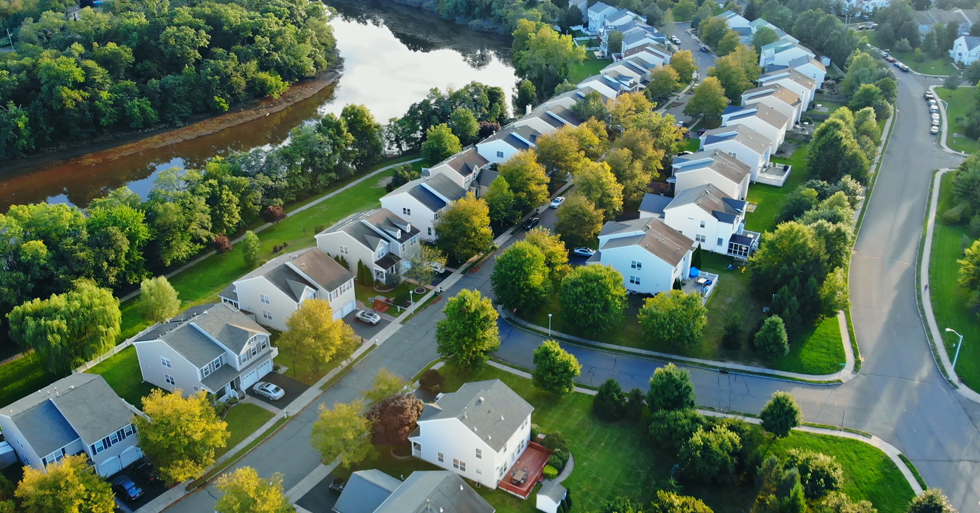In the wake of a substantial 15% annual surge in the Real House Price Index (RHPI) in September 2023, housing affordability reached its lowest point in over three decades. The key culprits were a 6.2% yearly escalation in nominal house prices, as per First American Data & Analytics House Price Index, and a 1.1 percentage point uptick in the 30-year fixed mortgage rate compared to the previous year.
Looking ahead to 2024, the housing market is poised for a nuanced phase, not dictated by pandemic fervor or monetary tightening. Here’s a glimpse into the anticipated landscape:
Income Growth:
While September showcased a commendable 3.1% year-over-year rise in median household income, sustaining this momentum may face challenges. The persistent labor shortage, a driving force behind wage growth, is gradually narrowing, hinting at a potential slowdown in income growth throughout 2024.
Mortgage Rates:
The notable increase in mortgage rates from 6.1% to 7.2% in September 2023 had a substantial impact on house-buying power. Projections for 2024, however, suggest a retreat to approximately 6.6%, offering a potential boost to consumer house-buying power as inflation subsides and the Federal Reserve eases interest rate hikes.
Nominal House Prices:
The housing market grapples with an enduring imbalance between supply and demand, exerting upward pressure on prices. Forecasts indicate a shift towards a 3.5% annual increase in nominal house price growth by the end of 2024. While positive, this aligns more closely with historical averages, marking an adjustment to the reality of higher mortgage rates.
Affordability Outlook:
Assuming mortgage rates decline to 6.6%, income grows at a modest 2.9%, and nominal house prices rise by 3.5%, the RHPI suggests a marginal improvement of over 5% in affordability. This offers a glimmer of hope for prospective buyers, yet the market is anticipated to remain over 40% less affordable than in February 2022.
Regional Insights:
State and local market highlights underscore the diverse landscape, with significant year-over-year increases in the RHPI observed in Alaska, Maine, West Virginia, Connecticut, and Delaware. Regional variations indicate the dynamic nature of the real estate landscape.
The Bottom Line
As the housing market charts its course through 2024, it finds itself in a delicate balance. The interplay between income growth, mortgage rates, and house prices dictates the trajectory of affordability. While improvements are on the horizon, achieving the equilibrium of pre-pandemic conditions remains elusive. The journey ahead may not be pandemic-hot or monetary-tightening cold, but a nuanced reality awaits. Stay tuned for the next edition of the RHPI in late December 2023 for further insights into the evolving housing market.
What To Do
Did you find this read interesting? Need expert and white-glove advice? Get in touch for local and professional real estate advice in your neighborhood. Fill in the form above to speak with a real estate professional specializing in this topic and more!
